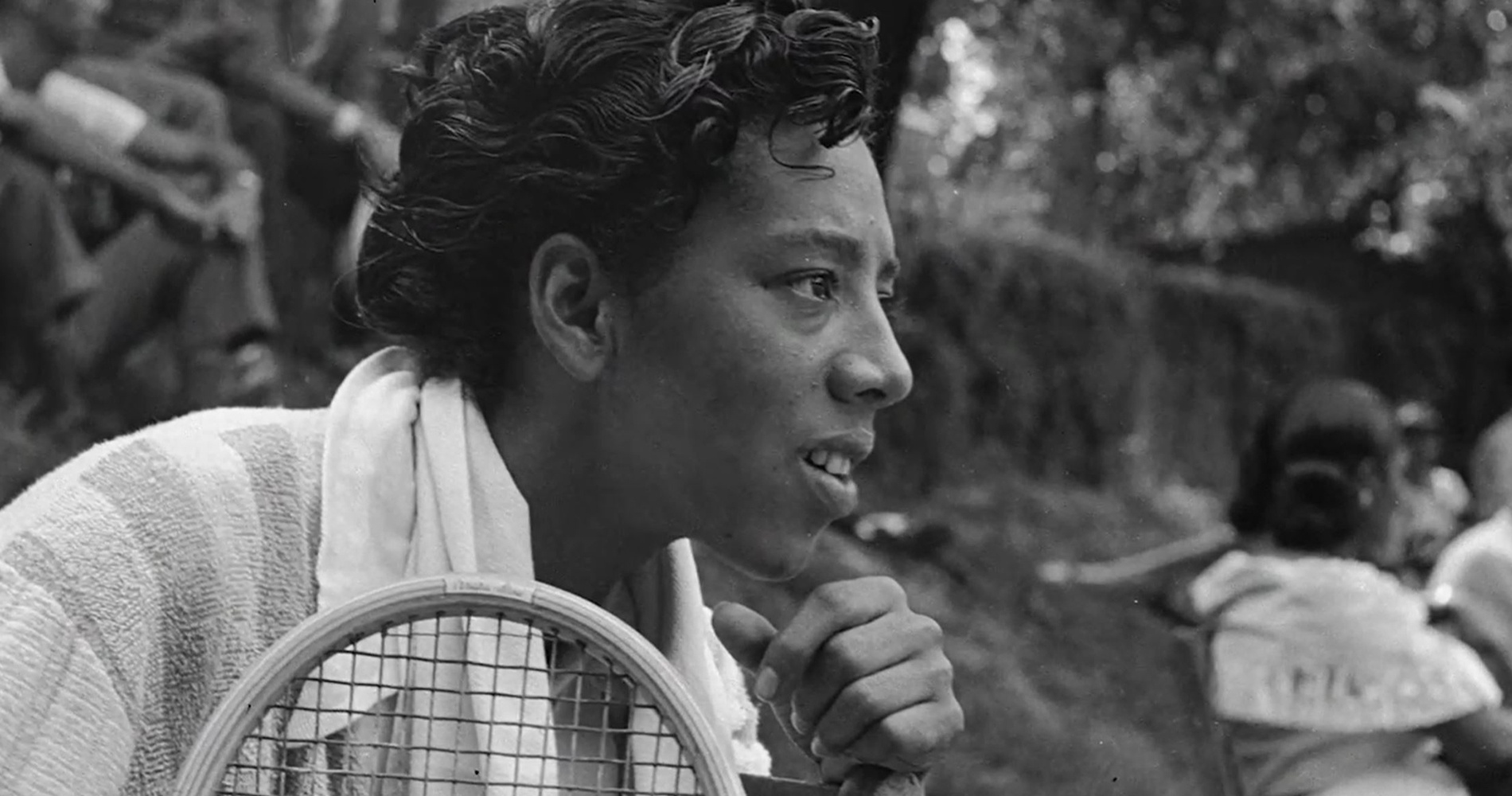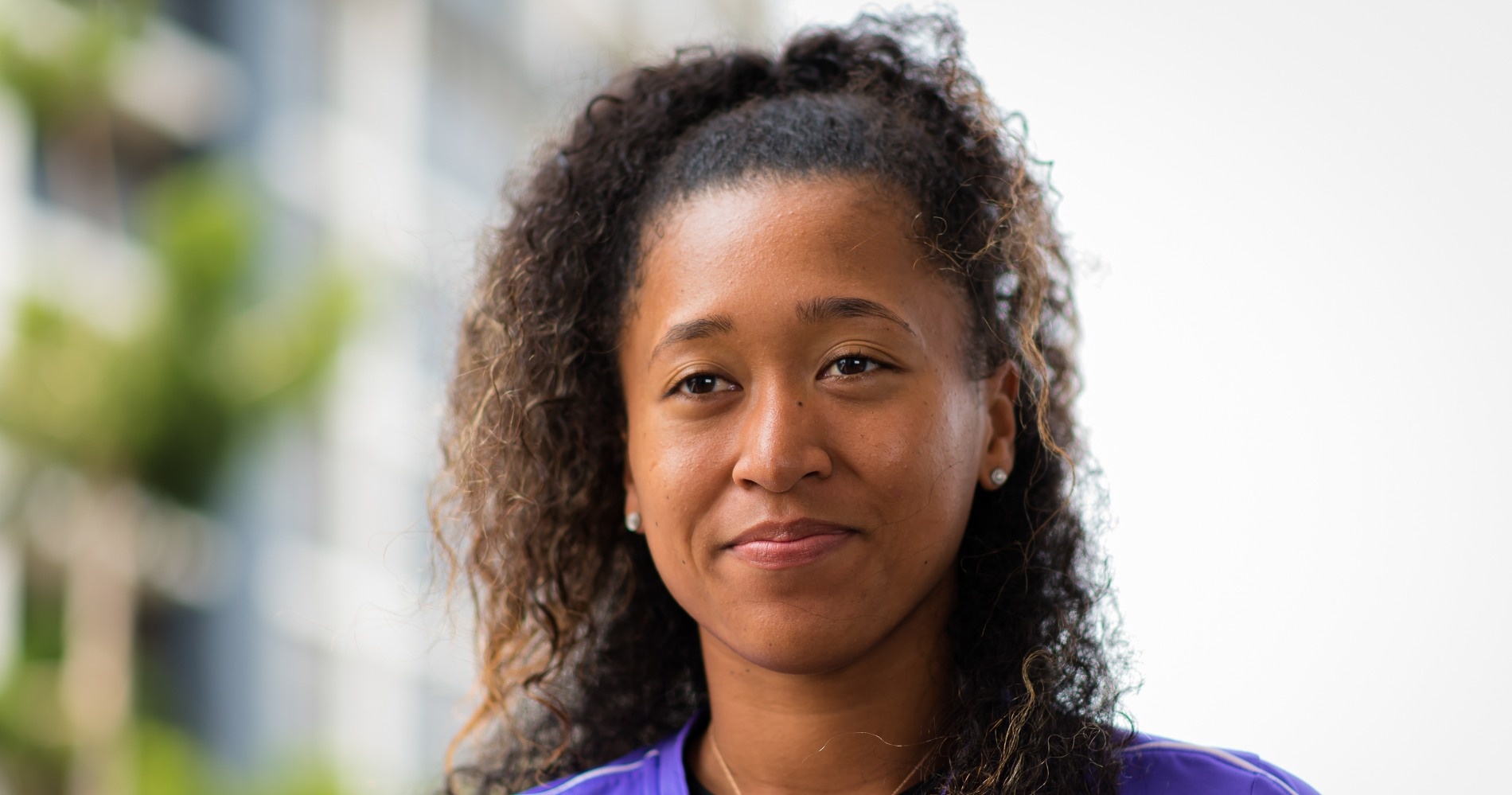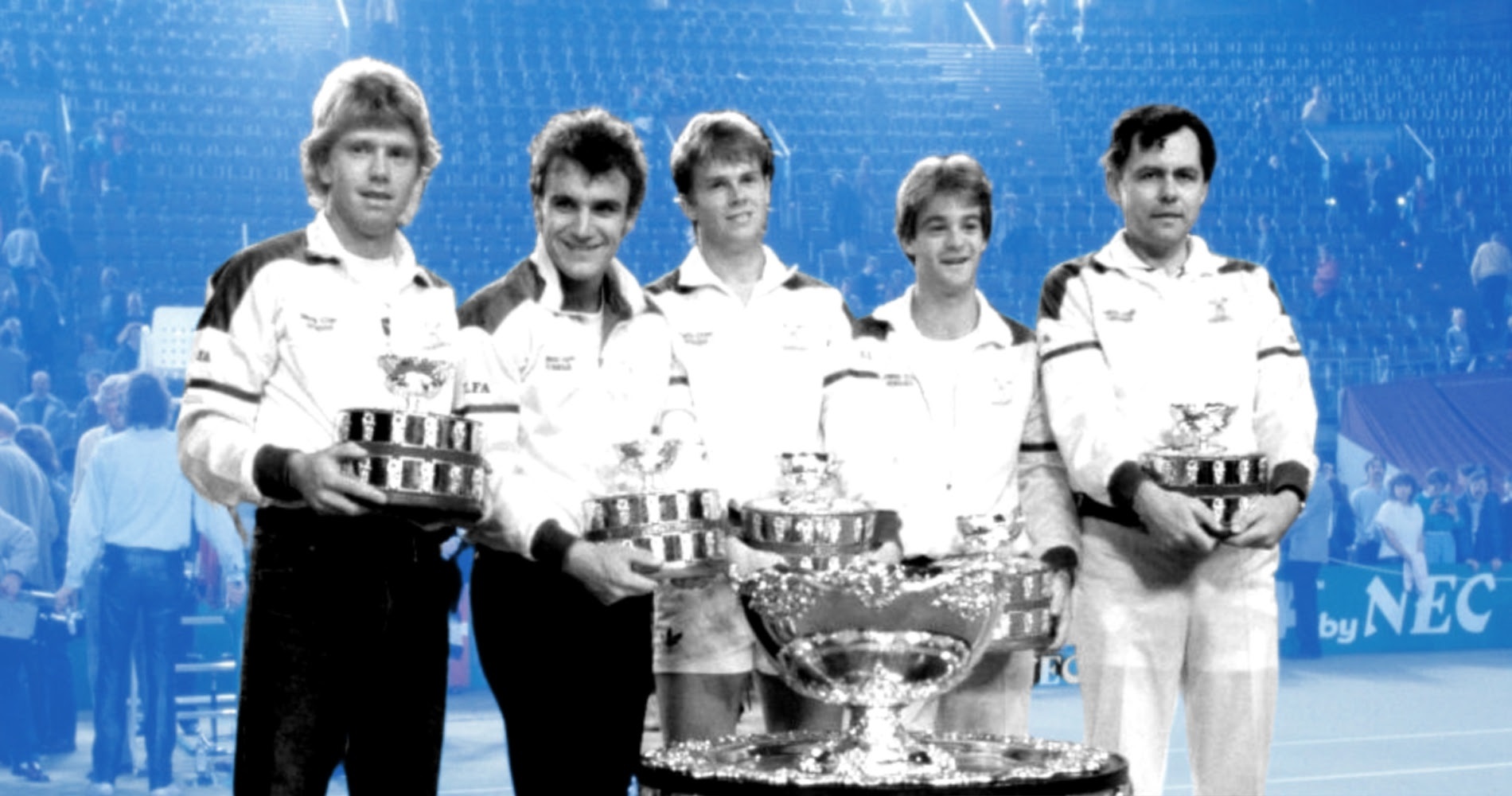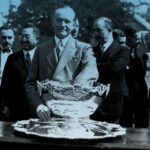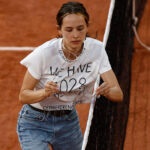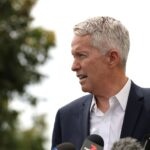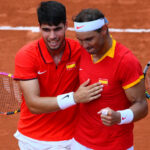April 16, 1977: The day a USA-South Africa Davis Cup tie was interrupted by anti-apartheid protestors
Every day, Tennis Majors looks back at the biggest moments in tennis history. On April 16, 1977, tennis and politics collided in a Davis Cup tie between the United States and South Africa
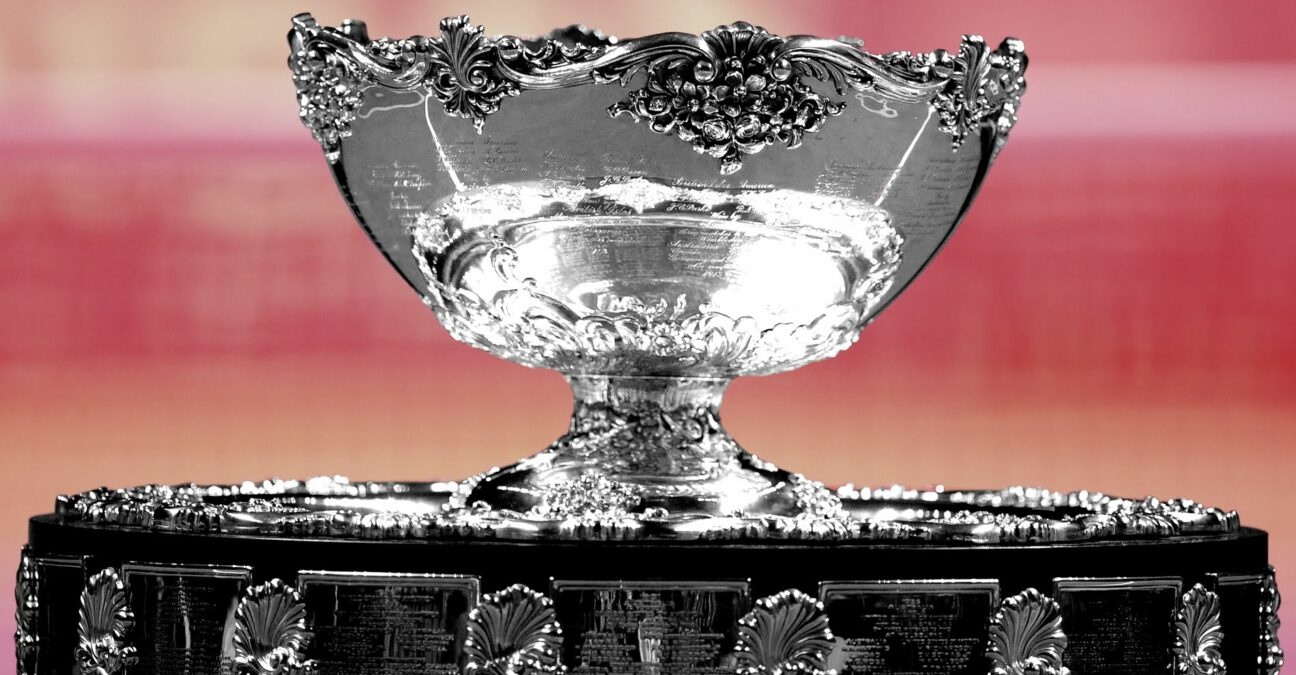 Davis Cup
Davis Cup
What happened exactly on that day?
On this day, April 16, 1977, during a Davis Cup tie between the United States and South Africa, anti-apartheid protestors stormed the court, interrupting the doubles rubber. In a context where, because of the apartheid policy, South Africa’s participation in any sports event was always controversial, different groups of protesters had been demanding the cancellation of the tie for weeks.
The players: USA and South Africa
- The United States team
Stan Smith, born in 1946, had been one of the greatest players of the early 1970s. Runner-up at Wimbledon in 1971 (defeated by John Newcombe, 6-3, 5-7, 2-6, 6-4, 6-4), he triumphed two months later at the US Open, which was still played on grass (beating Jan Kodes in the final, 3-6, 6-3, 6-2, 7-6). In 1972, he clinched a second Grand Slam title at Wimbledon, edging Ilie Nastase in the final (4-6, 6-3, 6-3, 4-6, 7-5). Between 1972 and the middle of 1973, claiming no fewer than 17 titles, Smith was considered as the world No 1, although he never held that spot on the ATP ranking, which was established only in August 1973. He also reached the semi-finals at Forest Hills in 1973 (lost to Jan Kodes, 7-5, 6-7, 1-6, 6-1, 7-5) and at Wimbledon in 1974 (defeated by Ken Rosewall, 6-8, 4-6, 9-8, 6-1, 6-3). From 1975, his results in singles declined and obtained his best results in doubles, where, partnering Bob Lutz, he had claimed three Grand Slam titles (the Australian Open in 1970, the US Open in 1968 and 1974).

Bob Lutz, born in 1947, was mainly known for being Stan Smith’s doubles partner, but he was also a notable singles player. He had claimed four titles on the tour, the most important one in Boston in 1972, where he defeated Tom Okker in the final (6-4, 2-6, 6-4, 6-4). He also reached the quarter-finals at Wimbledon in 1969 (lost to Arthur Ashe, 6-4, 6-2, 4-6, 7-5) and the semi-finals at the 1971 Australian Open (defeated once again by Ashe, 6-4, 6-4, 7-6).
- The South Africa Davis Cup team
Frew McMillan, born in 1942, had reached world No 39 in singles, and claimed two titles, including the 1974 Munich WCT, where he defeated Niki Pilic in the final (5-7, 7-6, 7-6). However, McMillan was mostly known for his results in doubles, where he had as many as 48 titles, including three Grand Slams, partnering Bob Hewitt – Roland-Garros and Wimbledon in 1972, then the US Open in 1977.
Byron Bertram had won the juniors event at Wimbledon at the age of 16. In the pros, he reached world No 51 in singles at his peak and won his first and only title in Calgary in 1974 (defeating Karl Meiler in the final, 6-4, 3-6, 6-3). In doubles, he reached the quarter-finals of the 1976 US Open, partnering Bernard Mitton.
The place: Newport Beach Tennis Club, California
The Davis Cup tie between the United States and South Africa, counting for the 1977 Davis Cup Americas Zone Semi Finals, was held on hard courts in California at the Newport Beach Tennis Club, a venue which opened in 1966 and had 19 tennis courts. It was the first major event to be held at this venue.
The facts: Anti-apartheid protesters spill motor oil on the court
In the 1970s, the participation of South Africa in any international sports event always created controversy, as many supporters of civil rights wanted to show their disapproval of the apartheid policy. The country was banned from the Davis Cup in 1970, only to be reinstated in 1972. In 1974, South Africa claimed its first and only title in the competition as India defaulted in the final, refusing to compete against them.
In the Americas Zone Semi-finals, the South Africa team was to face the United States in Newport Beach, California. As soon as the decision of holding the tie was made public, several civil acts activists disapproved of it. A “Committee to Stop the United States-South Africa Tennis Match” was also created in Pasadena, and its leader, Vincent Perkins, organized a non-violent protest, expecting more than a 1,000 protesters.
“Our thing is to stop it by legal and peaceful means. There will be a lot of noise, but no on-court sit-ins or illegal activities,” he said, according to The Washington Post.
Despite this threat, the USTA didn’t intend to cancel the tie, as Joseph Carrico, chairman of the USTA’s Davis Cup Committee, explained: “Our executive committee voted unanimously last year, after many hours of serious discussion, that we should stay in the Davis Cup and welcome the participation of any nation. That is not construed as support for the politics of any nation we play. We can play Russia without supporting communism and South Africa without supporting apartheid. We feel that we can do more for world order and peace, and frankly, more for the blacks of South Africa, by working from within rather than by throwing them out.”
In a press conference held on April 14, the president of the USTA, Slew Hester, stated once again that the USTA didn’t support the apartheid policy, but, he said, “(We) are bound by the policies of the Davis Cup nations to play every country legally entered – or to withdraw completely. We will play.”
“None of us believe in racial discrimination, but we believe that we should play and that the South Africans have a right to play. Let’s focus on the athlete. This is a tennis competition,” said Tony Trabert, captain of the American team.
It was in this context that, on the first day of the tie, Roscoe Tanner defeated Byron Bertram (6-4, 6-2, 1-6, 6-4), and Brian Gottfried prevailed against Ray Moore (6-4, 6-2, 6-3). The American team, who were already favourites on paper, now held a comfortable 2-0 lead.
On April 16, Stan Smith and Bob Lutz faced Byron Bertram and the doubles specialist, Frew McMillan, to try and seal the tie. The Americans took a great start, taking the first two sets, 7-5, 6-1, but as they were trailing 2-1 in the third set, two of the anti-apartheid protesters stormed the court and spilled a bottle of motor oil to stop the game. While policemen were rushing to get a hold of the protesters, Tony Trabert hit one of them with a racquet. Once the two men were handcuffed, it took the maintenance crew 45 minutes to clean the oil so the players could resume the game. Although the South Africans won the third set, Smith and Lutz would send their team into the next round, prevailing in four sets, 7-5, 6-1, 3-6, 6-3.
What next? The United States host South Africa again the following year
On the following day, 10 protestors would carry a banner to the court before Roscoe Tanner played against Ray Moore. A year later, the United States would host another tie against South Africa, in Nashville, and there would be another protest. Soon after, South Africa would be banned from Davis Cup again, and wouldn’t be able to take part in this competition until 1992, once the apartheid policy was finally over. In 1977, the American team would be defeated by Argentina in the Americas Zone final (3-2).
